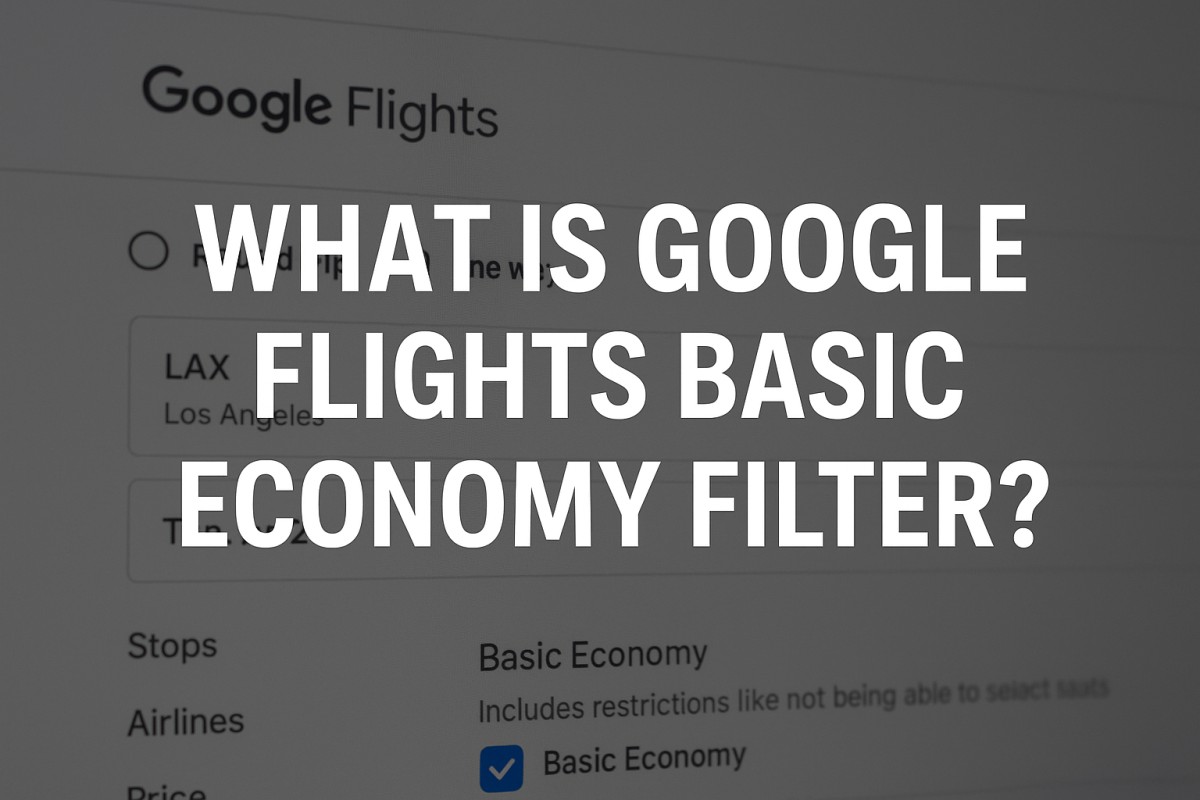Why Flight Prices Spike Fast – My Google Flights Experience

Travel planning is stressful enough, but what really adds pressure is how fast flight prices can change. I recently learned this firsthand while using Google Flights to track airfare for an upcoming trip. After getting an email alert that the price had nearly doubled, I panicked—only to find out that I could still book at the lower fare directly with the airline. Two hours later, that same flight was significantly more expensive. It made me wonder: what’s really going on behind these price spikes?
In this article, I’ll break down the reasons behind these sudden airfare fluctuations and how you can outsmart the system – just like I did (accidentally).
What Happened: My Google Flights Tracking Story
I had been tracking a flight from Delhi to London using Google Flights for about a week. Every day, I got used to seeing the same approximate price: ₹42,000. Then one afternoon, I received an email alert from Google Flights—“Your tracked flight has increased by ₹18,000.”
My first reaction was disbelief. How could a flight price jump over 40% in a few hours?
So, I immediately checked the airline’s website. To my surprise, the original price of ₹42,000 was still available. I didn’t wait—I booked the ticket right away.
Two hours later, curiosity got the best of me. I checked again. The price had indeed jumped to ₹60,000 on both Google Flights and the airline’s site. I had narrowly avoided a big hit to my travel budget.
Why Do Flight Prices Change So Rapidly?
Flight pricing is governed by dynamic pricing—a system that uses real-time data and predictive algorithms to set ticket prices. Here are the core reasons why your flight price can change within minutes:
1. Supply and Demand Fluctuations
The more people look at or book a flight, the more likely the price is to rise. Airline algorithms detect spikes in demand—even if people are just browsing—and respond by raising prices.
2. Fare Buckets and Seat Classes
Airlines divide seats into pricing “buckets.” When the cheapest bucket fills up, the system automatically moves to the next one, which costs more. You may be seeing a seat from the next pricing tier just minutes later.
3. Time of Day and Day of Week
Studies show that airfare prices can vary depending on when you search. Many airlines raise prices during peak browsing times—like evenings and weekends—when demand tends to be higher.
4. Cookies and Browser History
Though debated, there’s evidence that some travel websites track your browsing activity and may show higher prices if you repeatedly search for the same flight.
5. Competitor Monitoring
Airlines constantly track what competitors are charging. If another airline raises or lowers its fare, others often adjust accordingly within hours or even minutes.
How Google Flights Helps (and What It Can’t Do)
Google Flights is an incredibly powerful tool for airfare tracking. It aggregates data from multiple sources and shows you historical trends, predictive insights, and real-time pricing.
What It Does Well:
- Price Tracking: Sends email alerts when fares change.
- Calendar View: Shows the cheapest days to fly.
- Insights: Flags when current prices are higher or lower than usual.
But It Can’t:
- Guarantee fares will remain unchanged.
- Reflect prices from all airlines (especially budget carriers).
- Prevent sudden spikes once inventory shifts.
That’s why you still need to act fast when you spot a good deal.
Tips to Avoid Missing Out on Low Fares
After my experience, I compiled a list of tips to help fellow travelers avoid the price spike trap:
Use Google Flights Alerts
Track multiple dates and routes. Set alerts early, especially for international trips.
Book Directly with the Airline
Even if Google Flights shows a higher price, check the airline’s website. Sometimes, fare discrepancies exist.
Clear Browser Cache or Use Incognito Mode
This avoids potential price manipulation from cookies or past searches.
Be Flexible with Dates
A one-day shift in travel can sometimes save thousands. Google Flights’ calendar feature helps with this.
Book at the Right Time
Generally, booking 1–3 months ahead for domestic flights and 2–6 months for international is ideal.
Use Points or Vouchers Immediately
If you’re redeeming frequent flyer points or vouchers, act fast—award seat inventory can vanish quickly.
What This Means for the Average Traveler
My quick decision to book saved me nearly ₹18,000. Most people would’ve waited or assumed the higher price was final. But the trick lies in understanding that flight prices are never static. They’re constantly in motion, and so should you be—if you want the best deal.
If you’re not already using price alert tools like Google Flights or Hopper, start today. They won’t prevent price hikes, but they will give you a fighting chance.
Final Thoughts: Speed is the New Strategy
In today’s airline pricing world, speed is everything. With dynamic pricing models running 24/7 and thousands of travelers watching the same routes, a great deal can disappear in minutes.
I was lucky this time, but I also had the right tools in place. If you want to stay ahead of airline price games, you need to:
- Monitor frequently
- Act decisively
- Use smart tech like Google Flights to your advantage
Airfare pricing may seem mysterious, but it’s all data-driven. And once you understand the system, you can beat it – just like I did.









